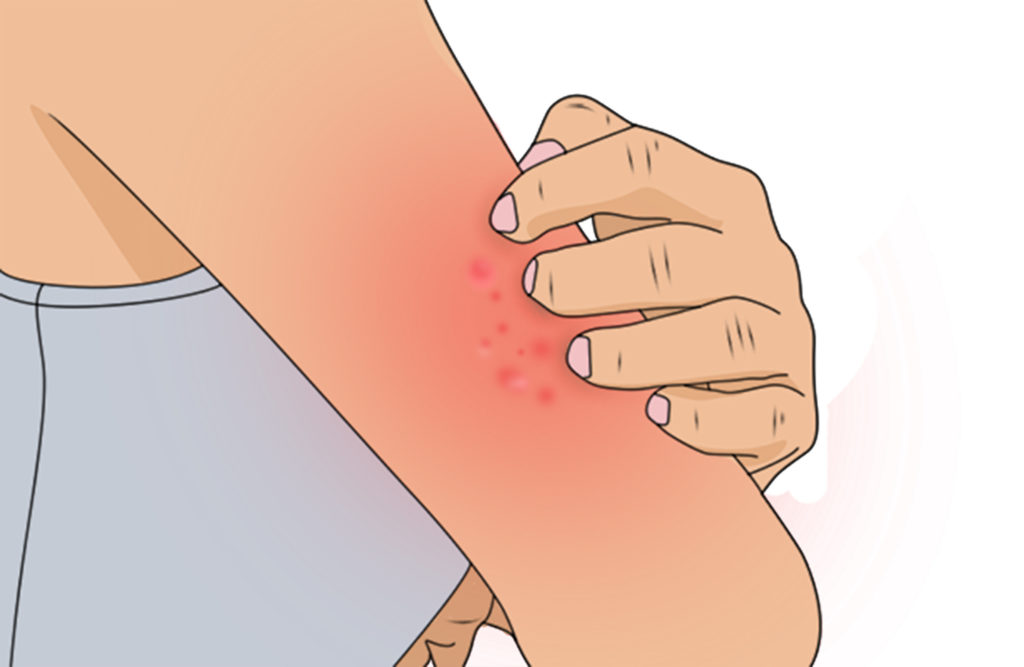Psoriasis Awareness Month
History
As the story goes, on October of 1997, the NPF or National Psoriasis Foundation established the first Psoriasis Awareness Month as reported during their July/August edition of The Bulletin. The Foundation called on its membership to find a national spokesperson, a celebrity that would give their plight a face and ample reach, whether that celebrity had psoriasis or not. In that number, here is what was stated about psoriasis for the benefit of the general public:
- Not contagious
- Serious public health problem and not a joking matter
- Chronic skin disorder. Can be quite severe, even disabling, for some people
- People with psoriasis should know about NPF
Psoriasis Action Month
In 2017 (the 20th anniversary), celebrating largely the unexpected success of both its advanced treatment solutions and informative scope, Psoriasis Awareness Month was changed to Psoriasis Action Month, which is the preferred nomenclature, although not the popular go-to option. This month is mainly concerned with educating and informing psoriasis patients of the treatment, causes, triggers and overall management of this often-irritating disease, while finding a cure remains the ultimate objective.
Facts & Stats
Now, although the principal cause of psoriasis remains a mystery to scientific specialists, we do know that it is largely connected to malfunctions of the immune system and genetics, with diet and lifestyle choices topping the list of triggers. The psoriatic disease affects men and women of all races, all ages, and in all body parts. Learning to address and successfully control this condition can take some time, but there is now a host of novel approaches that have proven to be quite effective.
Helpful Statistics
(latest scientific studies available)
- Over 8 million Americans have psoriasis
- 125 million people worldwide—2-3% of the total population
- 10 to 30% of people with psoriasis develop psoriatic arthritis
- Prevalence: 1.3 in African Americans vs. 2.5% in Caucasians.
- Median Onset Age: 15-25
- Severity: Mild psoriasis affects under 3% of the body; Moderate, 3-10%; Severe, over 10%, the latter affecting 25% of the psoriasis sufferers.
- Cost: In 2013, it was estimated at $135 billion per annum
- Probability: with one parent affected, a child has 10% chance of developing the disease; with both parents affected, the incidence is a staggering 50%
- Psoriasis is not a cosmetic, but an everyday life problem, report 60% of common psoriasis patients and almost 40% of arthritic psoriasis patients. All are convinced it has a moderate-to-great negative impact on their quality of life, with the greatest negative impact befalling women and the youth.
In spite of this most awkward of years, with the world population pretty much house-ridden due to the COVID-19 pandemic, in 2020 the Foundation has awarded a total of $3.28M in research grants.
The Sugar Question
Although all current knowledge —including myriad special diets and lists of triggers— cannot scientifically conclude that sugar, specifically sugar, is the sworn enemy of psoriatic patients or a cause for the well-known flare-up episodes, it is a well-established fact that sugar is an enemy of a healthy diet, especially in the Western world, which is, in turn, the best and most sound advice psoriasis patients get from the outset. Psoriasis and NAFLD (Non-alcoholic fatty liver disease) are known and frequent companions. In 2018, the University of California-San Francisco School of Medicine’s Department of Dermatology published the results of a national study on the influence of diet on psoriasis. What they found was revealing: people with psoriasis consume less sugar, dairy, and whole grain fiber than people without. Alas, over half of the participants informed that a reduction in alcohol, gluten, and nightshade consumption meant a noticeable improvement of their symptoms.
Sources:
https://www.psoriasis.org/advance/forgotten-history-psoriasis-action-month


